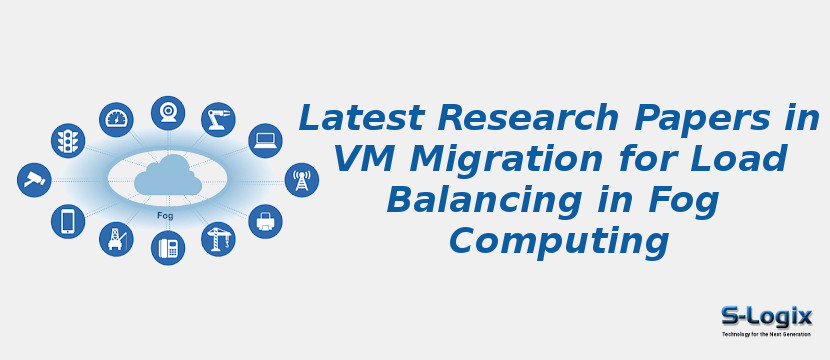VM migration for load balancing in fog computing is a critical research area that focuses on dynamically relocating virtual machines (VMs) across fog nodes to optimize resource utilization, reduce latency, enhance Quality of Service (QoS), and improve energy efficiency. Research papers in this domain explore strategies for live and non-live VM migration that account for heterogeneous node capabilities, fluctuating workloads, network conditions, and latency-sensitive application requirements. Studies highlight heuristic algorithms, optimization models, game-theoretic approaches, and machine learning techniques—including reinforcement learning and predictive analytics—for intelligent, context-aware VM placement and migration decisions. Recent works also investigate multi-tier fog–edge–cloud architectures to enhance scalability, fault tolerance, and service continuity while minimizing migration overhead and downtime. Security- and privacy-aware VM migration frameworks are increasingly emphasized to protect sensitive data during relocation and ensure trustworthy execution. Applications span smart healthcare, autonomous vehicles, industrial IoT, smart cities, and real-time multimedia services, where efficient VM migration is essential for maintaining performance and reliability. Overall, research in VM migration for load balancing in fog computing enables adaptive, efficient, and resilient management of distributed virtualized resources, ensuring high-performance, energy-efficient, and reliable fog computing environments.
